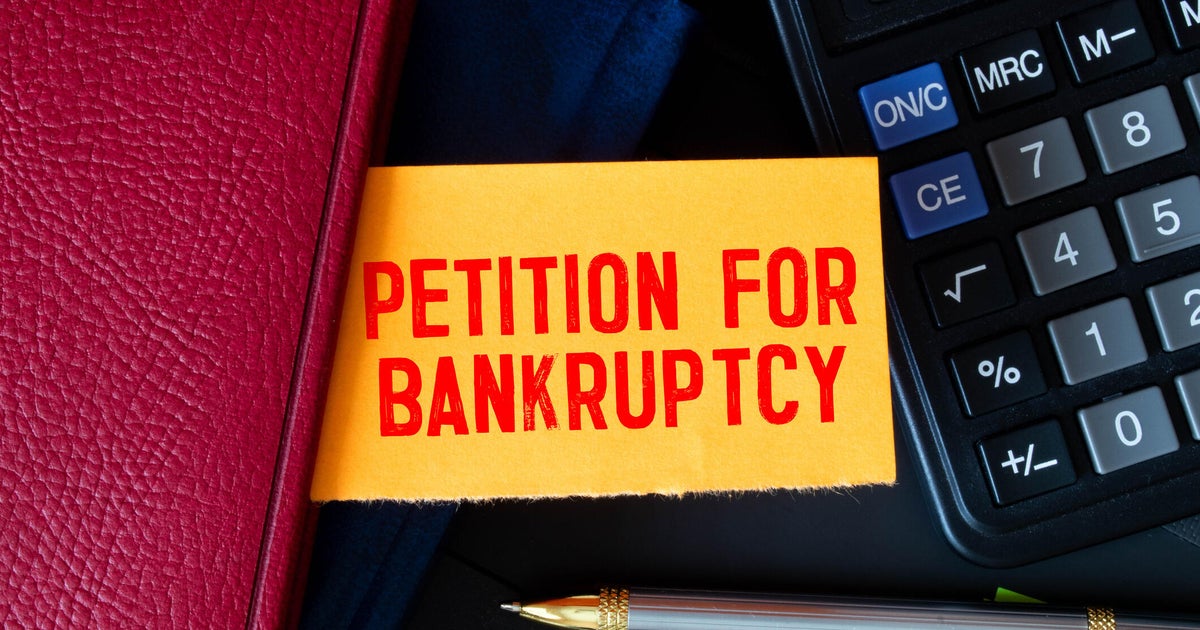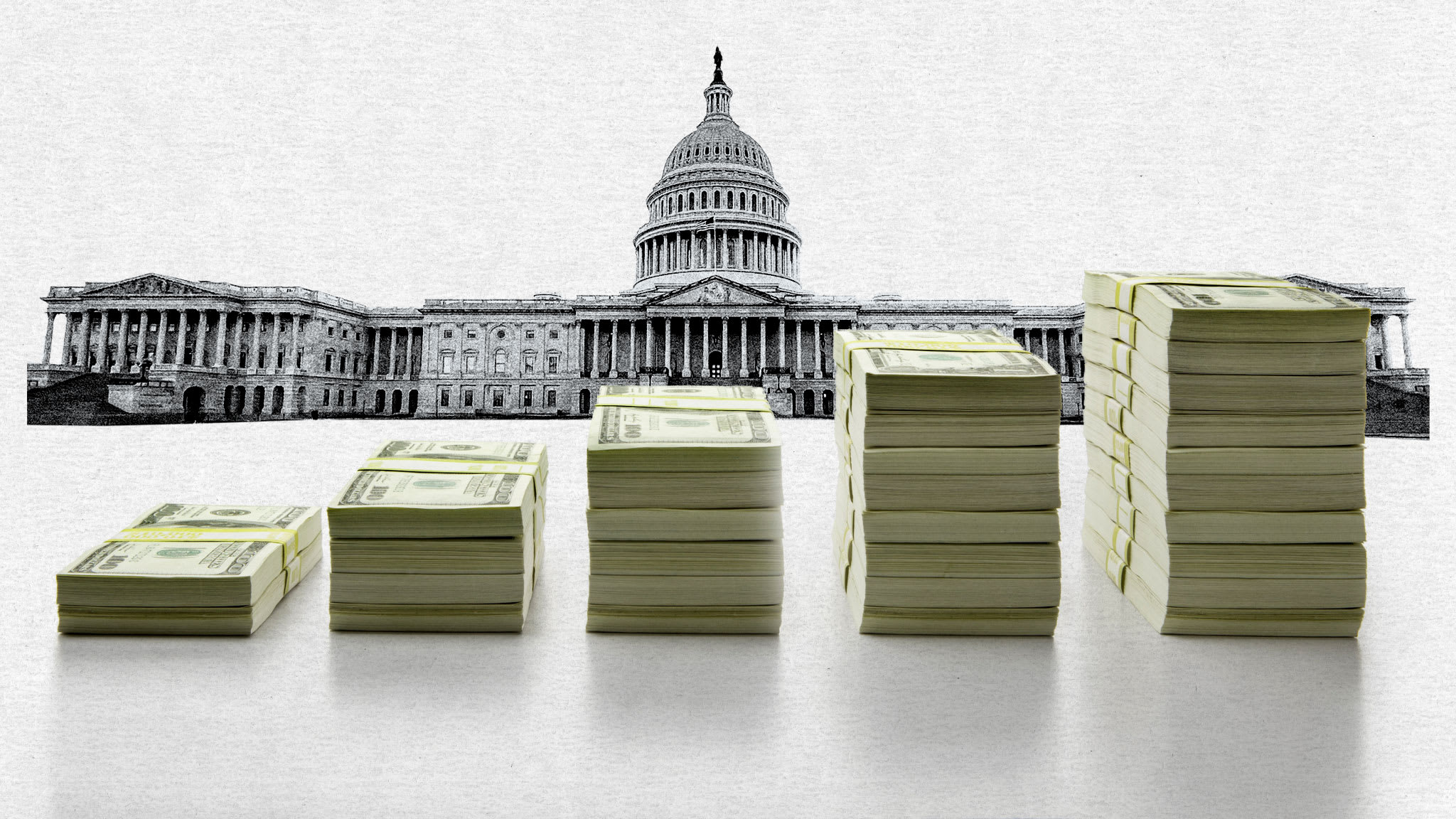Credit card debt hits $1 trillion as economy expands
Americans are giving plastic money a workout. Credit card debt reached $1 trillion last year, according to the Federal Reserve, returning to a level not seen since 2008 as the Great Recession was gathering force.
It’s a sign of increased personal spending and a boost for the U.S. economy, in which consumers account for some 70 percent of activity. The higher credit card balances represent a 16 percent increase from 2012, and 6 percent from 2015, Fed data released on Friday show. Card balances tumbled during the recession as consumers cut back on spending.
Preliminary figures, subject to revision, indicate that the card debt totaled over $1 trillion at the end of February.
“Credit card debt is rising quickly, but delinquencies are still really low,” said Matt Schulz, senior industry analyst at CreditCards.com, which analyzes the card business. The most recent delinquency rate was 2.3 percent, which is a big improvement from the peak of 6.8 percent in recession-ridden 2009.
Nevertheless, he cautioned, the nonpayment rate has begun to tick up. “Many Americans are doing a good job of controlling their debts,” Schultz said. “But eventually with big debts and rising interest rates, it’s likely that something will have to give.” He expects the nonpayment figure to keep rising later this year.
Right now, card interest rates are relatively low: 13.9 percent on average for holders of existing plastic. If you sign up for a new card, you’ll pay more, 15.7 percent. With the Fed raising interest rates, card rates will continue to ascend.
Households carrying too much of a debt burden are a ticking bomb for the economy’s health at some point. But at least cards aren’t as big a threat as student loans.
A third of all outstanding card balances are paid off in full before the buyer incurs any finance charges, said David Robertson, publisher of the Nilson Report, which tracks card debt. He compared that to student loan debt, now totaling $1.4 trillion, which is entirely subject to finance charges, with only a small chunk of it paid off.
Credit card balances are lower than any other major form of debt, thus easier to retire. The average U.S. household had $16,748 in card debt in 2016, and $49,905 in student debt. Auto loans were $28,948, and mortgages $176,222.
Card debt is spread over more people than most other types, Nilson figures indicate. Some 157 million Americans had outstanding debt on plastic at year-end 2016, versus 44 million with student loan debt.





